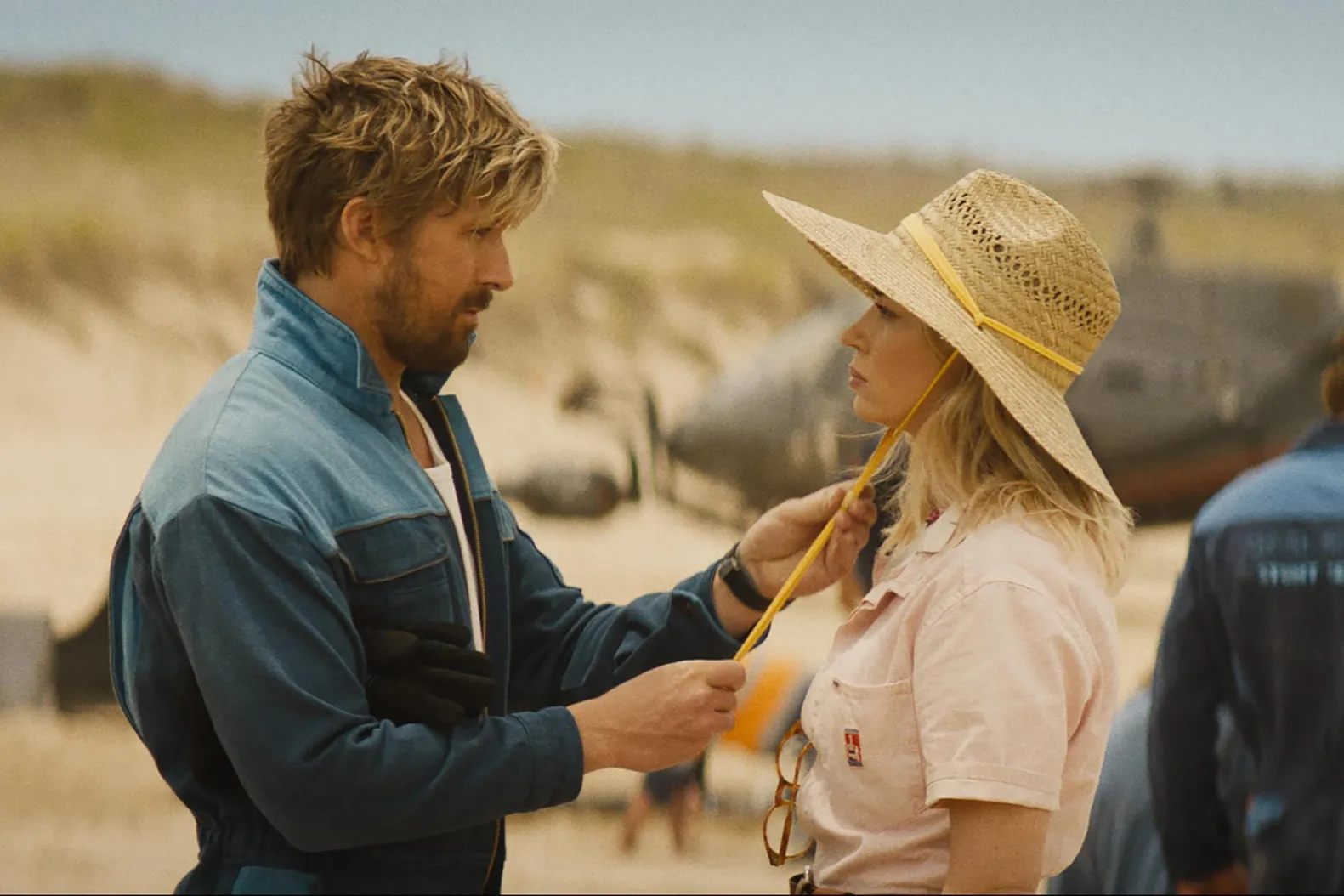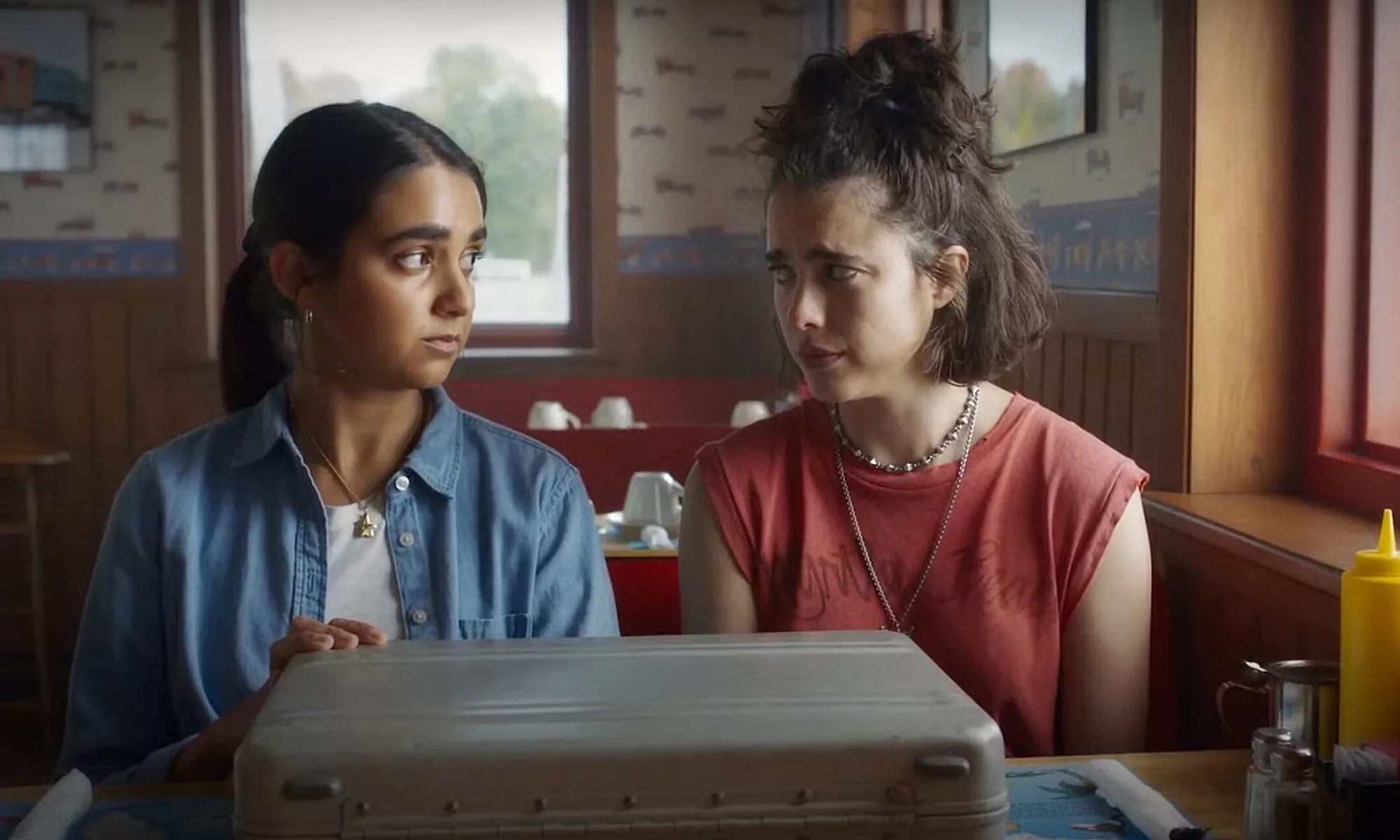V for Vendetta
Posted on March 15, 2006 at 12:02 pm
B| Lowest Recommended Age: | High School |
| MPAA Rating: | Rated R for strong violence and some language. |
| Profanity: | Very strong and crude language |
| Nudity/ Sex: | Threatened rape, implicit child prostitution, kisses including between same-sex couple |
| Alcohol/ Drugs: | Social drinking, cigar smoking, prescription drug abuse |
| Violence/ Scariness: | Extreme violence and peril, characters including young teen killed, torture, scenes of prisoners undergoing scientific experimentation, virus kills children |
| Diversity Issues: | Very strong female character, tolerance a theme |
| Date Released to Theaters: | 2006 |
| Date Released to DVD: | 2006 |
| Amazon.com ASIN: | B000FS9FCG |
“Remember, remember, the fifth of November, gunpowder treason and plot. I see no reason why the gunpowder treason should ever be forgot.”
Who says good-looking, brawny action flicks cannot also have brains to match? “V for Vendetta,” based on Alan Moore and David Lloyd’s ground-breaking comic books from the late ‘80’s, keeps the source’s gnarly moral issues, amps up the explosions and thins out the subplots to delight audiences looking for two-plus hours of solid entertainment who are willing to do some mental work to get there. Trust the combination of director James McTeigue and screenplay writers the Wachowski Brothers (all three of whom collaborated on the Matrix trilogy) to turn in another example of why monosyllabic action movie protagonists must blow things up to keep audiences riveted but their chatty, if insane, brethren can make the words themselves into explosions.
The plot is a complex knot that requires lots of dialogue to frame the scenes of action, which might try the patience of those looking for simpler, shoot-‘em-up fare. The opening scenes give a helpful but brief sketch of Guy Fawkes and the Gunpowder Conspiracy and how on November 5, 1605, Fawkes attempted unsuccessfully to blow up the Houses of Parliament. Fast-forward to a near-future Britain locked down under elected-fascist “Chancellor” Sutler (John Hurt), who came to power after biological weapons reduced the country to chaos. Evey (Natalie Portman, delightfully far from her “Star Wars” role) is a young professional, orphaned by the state when the crackdown on political protesters resulted in mass disappearances of anyone the government considered “different” or rebellious, including her parents.
On Evey’s foray into London after curfew the eve of November 5, she happens across government officers who threaten her. Enter a knife-wielding man in black wearing a Guy Fawkes mask (Hugo Weaving) who saves her then treats her to a rooftop view of the fireworks and explosions as Old Bailey, London’s famed criminal court, goes up in smoke. He is V.
The duration of the movie tracks V as he exacts revenge, Evey as she is hunted for associating with V, and the police officers, Finch (Stephen Rea, as circumspect and jowly as always) and Dominic (Rupert Graves) as they try to sort out V’s history and uncover state secrets in the process. Popular television host, Dietrich (Stephen Fry, stealing scenes with ease and humor) tumbles into the mix but the driving force at the heart of the movie is Evey’s relationship with V, the man and the mask. The ticking bomb of a backdrop is V’s promise to blow up Parliament the following November and the growing rebellion that he incites along the way.
Some audiences will not like the political implications, blurred lines between “revolutionary” and “terrorist,” and the horrific means-to-an-end approach taken by government and V alike; however, there is ample beauty, dangerous ideas, special-effects fairy dust, intelligence and wit to transform the story from a “Phantom of the Opera” meets “Brazil” type melodrama into a high-caliber thinking person’s action film. With a goal that ambitious and the style to back it up, this V will be a victor to many fans.
Parents should know that this movie has mature themes including torture, terrorism, anarchy, fascism, intolerance, hypocrisy and demagoguery. Characters are killed, held in concentration-camp like prisons, tortured and persecuted. Scientific experiments are performed on foreigners, homosexuals, protesters and others. There are fight scenes resulting in much gore, scenes of mass burials of emaciated naked bodies, and vomit-stained corpses. A character is threatened with rape, a committed same-sex couple kisses, and a bishop implicitly hires child prostitutes. There is social drinking, cigar-smoking, and references to a character’s addiction to prescription medication.
Families who see this movie have a lot to talk about. Beyond the theme of fascism versus democracy or even anarchy, there is a deeper question here of whether the ends justify the means in the personal and the political realms. V sees himself as a “revolutionary” and a man looking for vengeance; however others use the term “terrorist” for him.
The original comic books were released during Margaret Thatcher’s second and third terms as Prime Minister and were seen as commentary upon the Tory government’s intolerance of dissent or difference. In them, the very common British comic book theme of chaos versus order is played out with a decidedly more sympathetic than usual approach to anarchy. How does this movie fit itself into the current political environment? What do V’s actions reflect and how would you assess his choices? The dialogue where he calls what was done to him “monstrous” and that he became a monster as a result reflects the belief that actions have equal reactions. Do you think this is true? What do you think happens the day after the last scene in the movie?
Families who enjoy this movie might be interested in the graphic novel of the same name by Alan Moore and David Lloyd. The drawing and colors now might seem a little dated but this late 1980’s comic book series milestone, along with “The Watchmen” by Alan Moore and Dave Gibbon (now in pre-production), catapulted the reclusive Moore to fame and fundamentally shook up the graphic novel world. Parents should know that the graphic novel contains mature themes and is harsher in tone than the movie.
Families might want to see the 1934 version of The Count of Monte Cristo with Robert Donat, which is a motif throughout this movie. They might also want to see Brazil or Nineteen Eighty-Four (also starring John Hurt, only this time as the victim), two British movies delving into the struggle of the one against a futuristic, powerful state where the individual has no rights. Finally, it would be impossible not to mention the Wachowski Brothers and not to mention and recommend The Matrix.
Thanks to guest critic AME.






